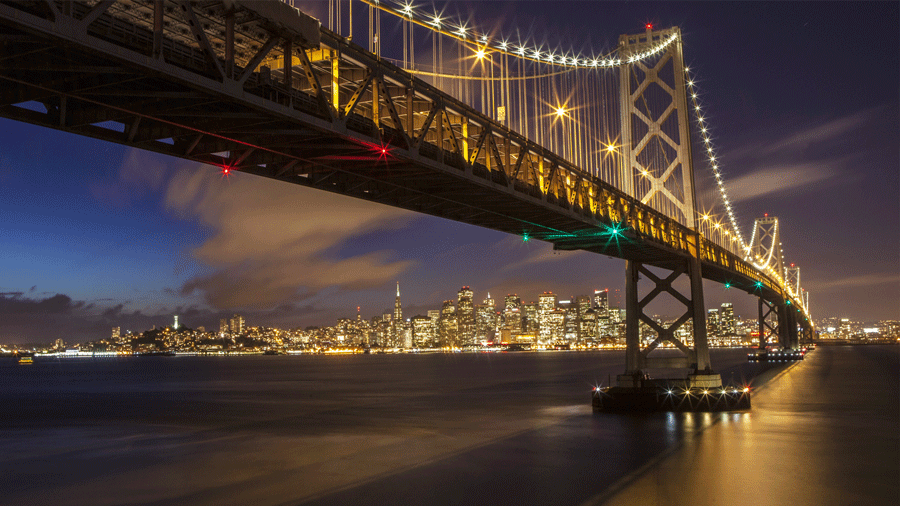Oakland Cannabis History
The history of cannabis is intertwined with the history of the cities and states where it has been grown and consumed for generations. One city where the cannabis industry has had a significant impact is Oakland, California. In this blog post, we’ll take a deep dive into the history of cannabis in Oakland, from its early use to the present day.
The Early Use Of Cannabis In Oakland
Like many other cities in California, cannabis has been used in Oakland for thousands of years by indigenous communities for medicinal and spiritual purposes. The Ohlone people were known to use cannabis for its healing properties, and it was an essential part of their culture and traditions.
However, when Europeans arrived in the region in the 18th and 19th centuries, cannabis took on a new role. It was used as a substitute for tobacco and became popular among Mexican immigrants in the area.
Mexican Immigration
In the early 20th century, Oakland saw a significant increase in Mexican immigration, and with it came a rise in cannabis use. Cannabis began to be referred to as “marijuana” or “marihuana,” a term that was used to associate the drug with Mexican immigrants and demonize its use.
The media at the time portrayed cannabis as a dangerous drug that would lead to insanity, violence, and the corruption of the youth. This propaganda campaign was successful in creating a negative stigma around cannabis, and it paved the way for the prohibition of the drug.
In 1913, California became the first state to prohibit cannabis, and in 1937, the Marihuana Tax Act was passed, making cannabis illegal at the federal level. The prohibition of cannabis had a significant impact on Oakland, as it did on other cities in the country.
During the 1930s, the Oakland Police Department began to crack down on cannabis use, and possession of even small amounts of the drug could lead to arrest and imprisonment. This led to a rise in black market cannabis sales, and many people continued to use the drug despite the risk of legal consequences.
Cannabis Prohibition in California
In 1913, California became the first state to prohibit cannabis, and in 1937, the Marihuana Tax Act was passed, making cannabis illegal at the federal level. The prohibition of cannabis had a significant impact on Oakland, as it did on other cities in the country.
During the 1930s, the Oakland Police Department began to crack down on cannabis use, and possession of even small amounts of the drug could lead to arrest and imprisonment. This led to a rise in black market cannabis sales, and many people continued to use the drug despite the risk of legal consequences.
The 1960s and the Rise of Counterculture
The 1960s saw a significant shift in attitudes towards cannabis, with the rise of the counterculture movement. The youth of Oakland and other cities in the country began to reject mainstream values and embrace alternative lifestyles, which included cannabis use.
The hippie movement was at the forefront of this cultural shift, and cannabis became a symbol of rebellion and freedom. The music scene in Oakland also played a significant role in the normalization of cannabis use, with artists like Sly and the Family Stone and Tower of Power openly advocating for the drug.
The 1970s and the War on Drugs
Despite the changing attitudes towards cannabis, the federal government continued to view the drug as a threat, and in 1970, President Richard Nixon declared a “War on Drugs.” This led to an increase in law enforcement efforts to combat drug use, including cannabis.
The 1970s saw a rise in drug-related violence and a crackdown on drug-related crime in Oakland, with the police forming specialized drug enforcement units. However, this approach did little to curb drug use, and cannabis remained a popular drug in the city.
Medical Cannabis in California
In 1996, California became the first state to legalize medical cannabis, with the passage of Proposition 215. This allowed patients with qualifying medical conditions to use cannabis as a treatment option, and it paved the way for the legalization of cannabis for recreational use in the state.

